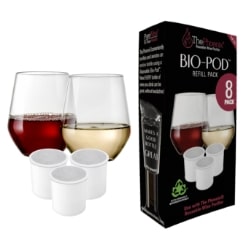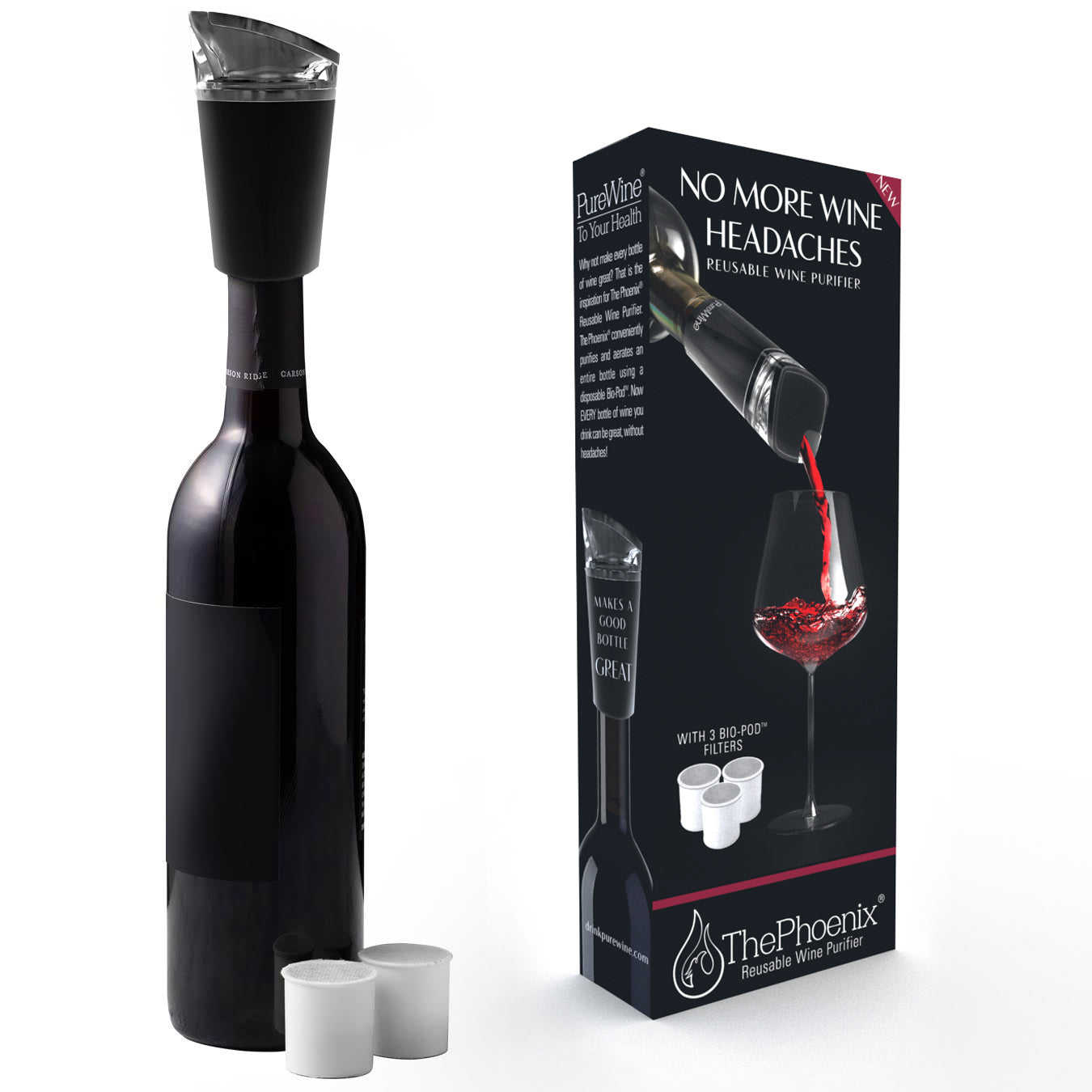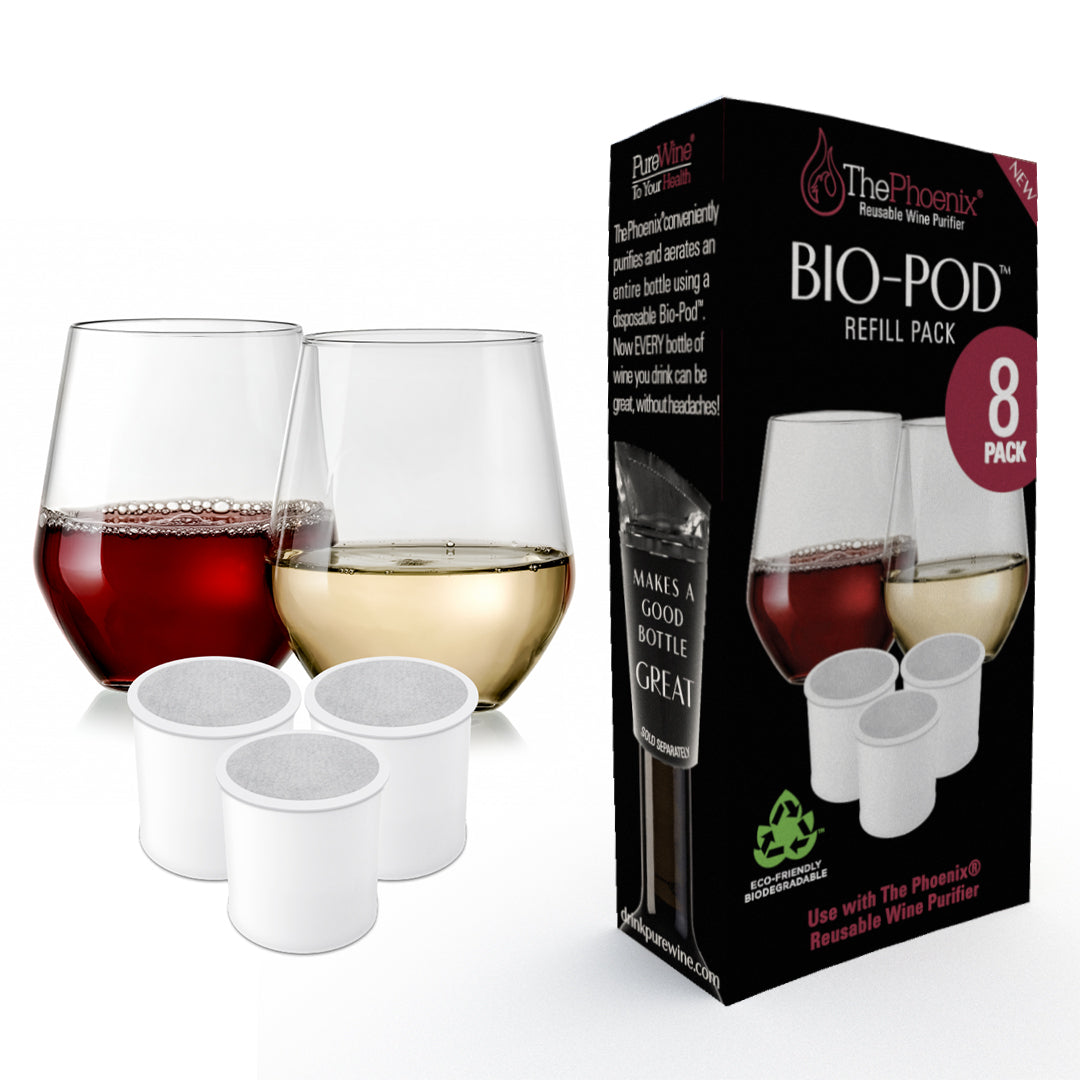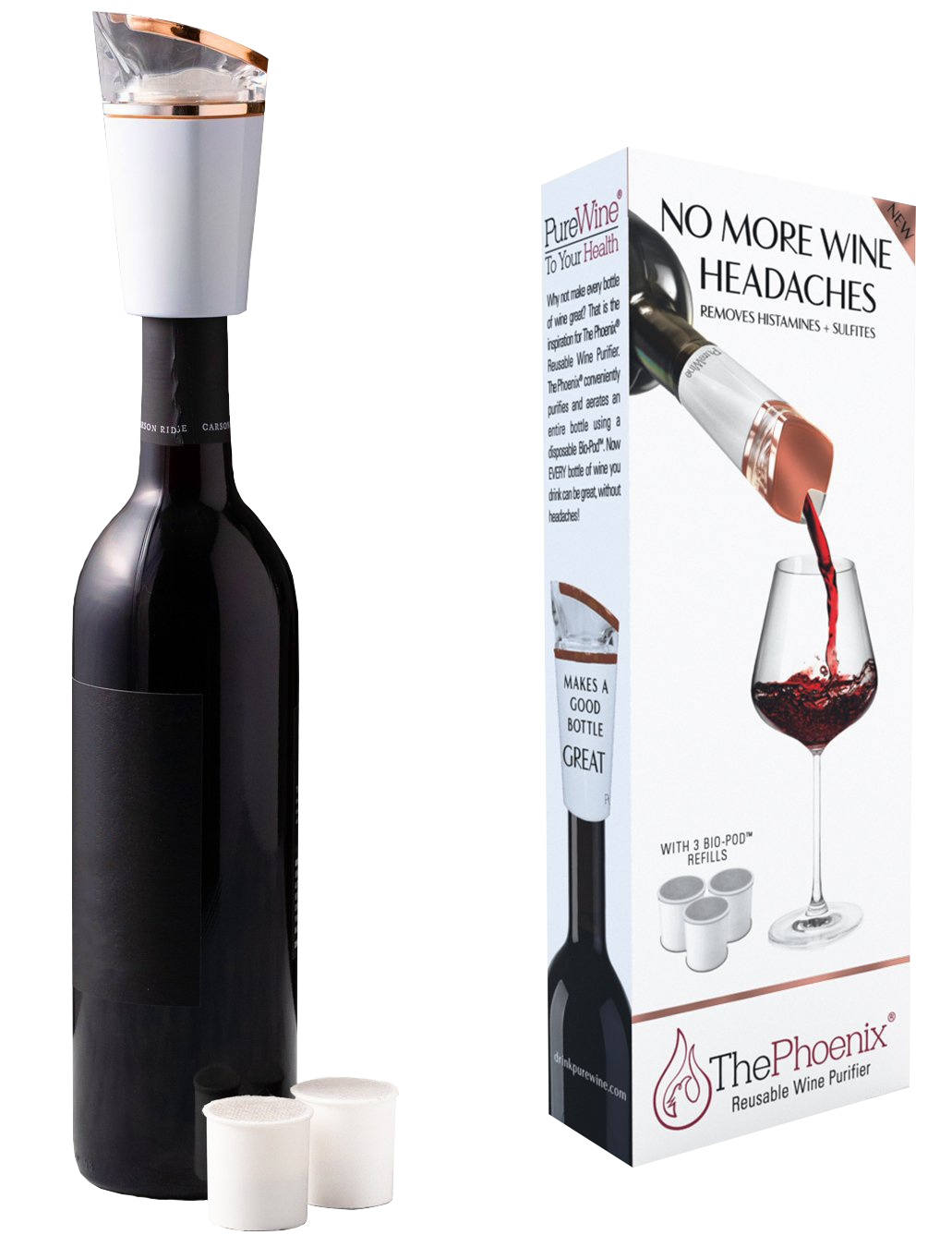Red Wine Allergy – The Complete Guide to Recognizing & Managing It
Red Wine Allergy & Intolerance– What Are They?
Before we get started on Red Wine Allergies, it is really important to understand exactly what distinguish relatively rare wine allergies from the common Red Wine Intolerance. There is much confusion about these two terms, and at PureWine, we believe it is important to make the distinction between these concepts very clear for the wine lover. Once understood, those nasty side effects like headaches, stuffy nose and skin flush are a thing of the past.
Red Wine Allergy
The first category, allergic reactions occur when an individual’s immune system produces a specific antibody – the IgE antibody against an allergen(s) for the first time, and then subsequently encounters the same allergen. Many people have experienced bee sting allergies or even cow’s milk allergies. Allergies do not occur during the first instance of exposure – an individual’s immune system may encounter cow’s milk or the noxious compounds within a bee’s stinger for the first time and produce IgE antibodies against these allergens as a defense mechanism. The second time the same individual encounters these allergens, their IgE antibodies (which are bound to specific white blood cells) rush towards the affected tissue to mount up an inflammatory reaction. In the case of a bee sting, a person who is allergic will develop redness, swelling, exquisite pain and a rash surrounding the affected skin. In the case of a cow’s milk allergy, a person who is allergic will develop intestinal swelling (oedema), abdominal cramping and diarrhea [1]. For clarity, allergic reactions fall under the umbrella term of hypersensitivity, of which there are four distinct types and are beyond the scope of this article. Because Red Wine Allergies are mediated by the immune system, they can cause quite severe side effects while Red Wine Intolerances are often more mild.
Red Wine Intolerance
The second category, Red Wine Intolerance occurs even though there are no allergen-specific immunological reactions. Symptoms commonly experienced after a glass or two of a full-bodied red wine include headache, stuffy nose, skin flushing. Intolerances are usually more difficult to pinpoint because they frequently depend on a variety of factors like the type and amount of wine consumed and even the food being eaten at the same time. In fact, researchers have made very clear distinctions between these two physiological responses to wine, as can be seen in the figure below.

Source: Wüthrich, B., Allergic and intolerance reactions to wine. Allergologie select, 2018. 2(1): p. 80-88.
This diagram makes a very helpful distinction between Red Wine Allergy and Red Wine Intolerance. We shall delve into the causes of Red Wine Intolerance in a separate blog post. Briefly, it can be caused by enzyme deficiencies that are linked to ethnicity, age, diet, as well as specific proteins and additives present in some Red Wines.
Red Wine Flushing
One common question that we get at PureWine is whether or not turning red (i.e. developing a flushed appearance) after drinking Red Wine is indicative of an allergy. In truth, flushing is a symptom of Red Wine Intolerance, and not Red Wine Allergy. For individuals who have a low level of the enzyme called Alcohol Dehydrogenase (ADH), they more slowly eliminate the metabolite of ethanol -acetaldehyde. In fact, 46% of Japanese and 56% of Chinese individuals are deficit of this enzyme and is commonly called "Asian Flush". Amongst Caucasians, almost half of all females and just 8% of all males have a similar deficiency [2].
Flushing can also be caused by the biogenic amines formed during the fermentation process when amino acids in the grape skins are converted into biogenic amines like histamine, putrescine, cadaverine, tyramine. We believe that most instances of flushing caused by wine are primarily due to these biogenic amines in red wine. Relatively high levels of biogenic amines naturally found in full-bodied red wines like cabernet sauvignon and merlot will rapidly trigger allergy-like responses in the histamine receptors found throughout the body (specifically the H1 and H2 receptors). Other substances frequently added to wine such as egg white, liquid tannins, yeast nutrients, can also trigger allergy-like side effects in some people.
For the average wine consumer, it is very easy to identify which mechanism is causing their reactions to wine. If they are deficient in the alcohol dehydrogenase enzyme, then they would have their usual reaction whether they drank a glass of wine, a shot of whiskey, a mixed drink with vodka or a bottle of beer. All of these beverages have the same amount of ethanol and should cause the same reactions. If they do have similar reactions to all of these alcoholic beverages, then abstinence is the only way for them to not experience these effects.
What Causes Red Wine Allergies?
As previously described, Red Wine Allergies are caused by an activation of IgE antibodies by an allergen(s). Common allergens include pollen, animal dander, dust, cow’s milk, peanuts, and shellfish. What about Red Wine?
Unbeknownst to many, Red Wine contains several potential allergens. These allergens could be from the proteins derived from grapes used in the wine. They can also come from yeasts, molds, bacteria, proteins and ingredients used during the wine making processes. Allergens can come from the insects (yes, insects!) which have inadvertently contaminated the wine crush [1]. Allergic reactions have also been described for other compounds present in wine such as ethanol, acetaldehyde, tannins and acetic acid.
Here is an example of how complex these allergic reactions can be. One cause of Red Wine Allergies are endochitinase 4A and thaumatin. Endochitinase 4A is an allergen that is commonly present in younger wines as well as Fragolino wines. Thaumatin and thaumatin-like proteins are haze-forming proteins in wine and accumulate during the ripening of grapes [3]. The mold Botrytis cinerea which is chiefly responsible for the noble rot in grapes is also a potential allergen that can caused red wine allergies. Other molds and yeasts which are commonly found in Red Wines such as Chrysonilia sitophila, Mucor plumbeus, Penicillium glabrum, Aspergillus sp., P. olsonii and Trichoderma longibrachiatum can cause Red Wine Allergies. These molds and yeasts may not necessarily be present in the Red Wine at the time of bottling, but they can be introduced into the wine while it is being stored in cellars. Similarly, they can even come from the cork material used to plug the bottle and subsequently contaminated the wine [4-6].
Red Wine Clearing Agents
Researchers suggest that the most common causes of Red Wine Allergies, however, are the protein-containing clearing agents. In winemaking, the technique of fining is used to clear wine and biochemically stabilize it. Fining involves the precipitation of small floating particles in wine, so clouding does not occur. The process of wine fining enables winemakers to ensure that their Red Wine resists storage, transportation, and temperature conditions to remain stable and high quality.
Winemakers use several protein-containing clearing agents to precipitate dead yeast, bacteria, proteins, pectins, tannins and phenolic compounds from Red Wine before bottling. The following is a list of ingredients approved for use in Europe during the fining process:
- Fish Gelatin
- Fish Bladder (Isinglass)
- Ovalbumin
- Dairy
- Gum Arabic
- Egg White
You may be surprised to learn these agents are commonly used by winemakers! Consequently, patients who have allergies to seafood, eggs, dairy and a variety of other allergens may experience Red Wine Allergies after consuming Red Wines.
Another curious source of allergens in Red Wine comes from insects! When grapes are pressed during winemaking, insects can inadvertently contaminate the crush. The venoms of these insects are decomposed during the fermentation of the wines, but residual insect proteins may remain as allergens. In one Spanish study in 2007, researchers found that 5 individuals developed Red Wine Allergies to the venom of Vespula and Polistes wasps [7].
Red Wine Allergy Symptoms
True Red Wine Allergies are fairly common. Using precise immunological testing procedures, a study found that 8% of individuals who consumed Red Wine had documented allergies to the wine [8]. The researchers found that respondents who suffered from Red Wine Allergies reported the following symptoms:
- Runny Nose
- Blocked Sinuses
- Nasal Congestion
- Skin Rash
- Skin Itch
- Exacerbation of Underlying Asthma
- Chest Tightness
- Shortness of Breath
The Danish researchers who reported these findings thoroughly surveyed their respondents for the presence of absence of the usual symptoms. Allergic reactions can affect four major organ – the skin and mucosa (the largest organ system in the body), the upper airways (including the nose, throat, and bronchi), the gastrointestinal system (mainly the intestines), and the systemic vascular resistance (resulting in lowering blood pressure). Consequently, Red Wine Allergies can manifest additional symptoms:
- Wheezing
- Persistent Coughing
- Giddiness
- Loss of Consciousness
- Redness of the Skin
- Hives (Urticaria)
- Swelling of the face, lips, eyes, and tongue (Angioedema)
- Abdominal Cramps
- Vomiting & Diarrhoea
Managing Red Wine Allergies
During the first instance of a Red Wine Allergy, it is important to prevent a life-threatening condition known as anaphylaxis that can result in a medical emergency. In general, allergic reactions tend to affect an isolated body system, such as the skin, respiratory system, or gastrointestinal system. However, anaphylaxis is characterized by the involvement of two or more such systems. For example, an individual consuming Red Wine may develop a rash as well as shortness of breath which is considered to be anaphylaxis [9].
In the event of anaphylaxis, we advise you seek emergent medical attention as soon as possible because anaphylaxis is rapidly evolving and potentially life-threatening. Fortunately, most allergic reactions to wine do not cross over into the domain of anaphylaxis, and the incidence of anaphylaxis is low at about 5% [10]. If you have an EpiPen on hand, this is the time to use it!
Routine Red Wine Allergies which do not cross into the territory of anaphylaxis can be managed with fairly conservative approaches. You can take anti-histamines, such as Benadryl, which block the IgE antibody activation in an allergic reaction. Another aproach would be to take low-dose steroids such as prednisolone or dexamethasone. However, the frequent use of these drugs is highly discouraged for the following reasons. First, all drugs are associated with side-effects; low-dose steroids may not cause significant adverse effects during the first few instances in which they are taken, but in the long-term, they are associated with elevated blood pressure, glucose intolerance, weight gain and even the development of cataracts [11].
Our recommendation at PureWine is to avoid the wine which caused the allergic response in the first place. This is because the allergy may have been caused by an allergen that was specific to the winemaker (e.g. ovalbumin as a fining agent). However, in some instances, you may be allergic to compounds present in the grape berry itself, which could prevent you from enjoying all varieties of red wines.
Wine Purifiers - When to Use
The vast majority of wine consumers who experience side effects from wine are actually experience Wine Intolerance and not Wine Allergies. These reactions come from the biogenic amines (histamines) that are formed in red wine during the fermentation process and the sulfite preservatives that are added to extend shelf-life. Both types of compounds can be rapidly removed from wine just prior to consumption using wine purifiers. We recommend using PureWine’s two products, The Wave® and The WandTM. These products rapidly remove up to 95% of the histamines and sulfites in wine without removing the healthy “good things” in wine such as antioxidants, tannins and resveratrol. Our products are meticulously designed, tested and produced by PureWine. They are capable of purifying all types of white, rose and red wines by removing both histamines and sulfites from a single glass or an entire bottle of wine.
All PureWine products are manufactured in the USA and utilize the patented NanoPoreTM purification technology which is safe and effective. Our products meet the United States Food and Drug Administration (FDA) regulatory standards and are BPA-free.
Red Wine Allergy FAQs
What is a red wine allergy?
A red wine allergy is a negative reaction of the body to drinking red wine. The symptoms, which may include headaches, flushed skin, and other allergic reactions, occur because some individuals are sensitive to substances found in red wine such as sulfites, histamines, and others.
What are the symptoms of a red wine allergy?
Symptoms may vary among individuals, but common signs of a red wine allergy can include nasal congestion, itching, red, or flushed skin, upset stomach, and headaches. In more severe cases, symptoms can escalate to difficulty breathing or anaphylaxis, which requires immediate medical attention.
Can I be allergic to red wine but not white wine?
Yes, it's possible. Red and white wines are made from different types of grapes and undergo different fermentation processes, which can affect the amount of certain allergens they contain. For instance, red wine tends to have higher histamine levels, which could trigger allergies in some individuals.
How can I tell if I have a red wine allergy?
If you experience allergic symptoms such as rashes, headaches, or stomach upset shortly after drinking red wine, you may have a red wine allergy. However, to get an accurate diagnosis, it's recommended that you see a healthcare professional who can conduct appropriate tests and appointments to confirm your allergy.
Is there a cure for red wine allergy?
While there is technically no cure for a red wine allergy. The best way to avoid reactions is to remove the allergens that cause red wine allergy symptoms. PureWine products remove histamines and sulfites without changing the taste, color, or viscosity of your favorite red wines.
Contact Us!
Have questions regarding Red Wine Allergies? Not sure if you are experiencing Red Wine Allergy or Red Wine Intolerance? Confused with conflicting information from various sources on the Internet? Fret not! At PureWine, we are not only passionate about wine, but equally invested in health, longevity, and holistic living. Leave a comment in the box below and we’ll get back to you! Otherwise, purify your wine and skip the side effects! To learn more about Red Wine Allergies and potential solutions, like us on Facebook or visit us at drinkpurewine.com!
References
- Wüthrich, B., Allergic and intolerance reactions to wine. Allergologie select, 2018. 2(1): p. 80-88.
- Ward, R.J., et al., Identification and characterisation of alcohol-induced flushing in Caucasian subjects. Alcohol Alcohol, 1994. 29(4): p. 433-8.
- Pocock, K.F., et al., Thaumatin-like proteins and chitinases, the haze-forming proteins of wine, accumulate during ripening of grape (Vitis vinifera) berries and drought stress does not affect the final levels per berry at maturity. J Agric Food Chem, 2000. 48(5): p. 1637-43.
- Pereira, C.S., et al., Effect of fungal colonization on mechanical performance of cork. International biodeterioration & biodegradation, 2006. 57(4): p. 244-250.
- Ayres, J.G. and D. Allsopp, Fungal growth on wine corks--a potential source of exposure to susceptible individuals. Clin Exp Allergy, 1994. 24(12): p. 1179-80.
- Armentia, A., F. Pineda, and S. Fernández, Wine-induced anaphylaxis and sensitization to hymenoptera venom. N Engl J Med, 2007. 357(7): p. 719-20.
- Linneberg, A., et al., Prevalence of self-reported hypersensitivity symptoms following intake of alcoholic drinks. Clin Exp Allergy, 2008. 38(1): p. 145-51.
- Tupper, J. and S. Visser, Anaphylaxis: A review and update. Canadian family physician Medecin de famille canadien, 2010. 56(10): p. 1009-1011.
- Turner, P.J., et al., Fatal Anaphylaxis: Mortality Rate and Risk Factors. The journal of allergy and clinical immunology. In practice, 2017. 5(5): p. 1169-1178.
- Buchman, A.L., Side effects of corticosteroid therapy. J Clin Gastroenterol, 2001. 33(4): p. 289-94.
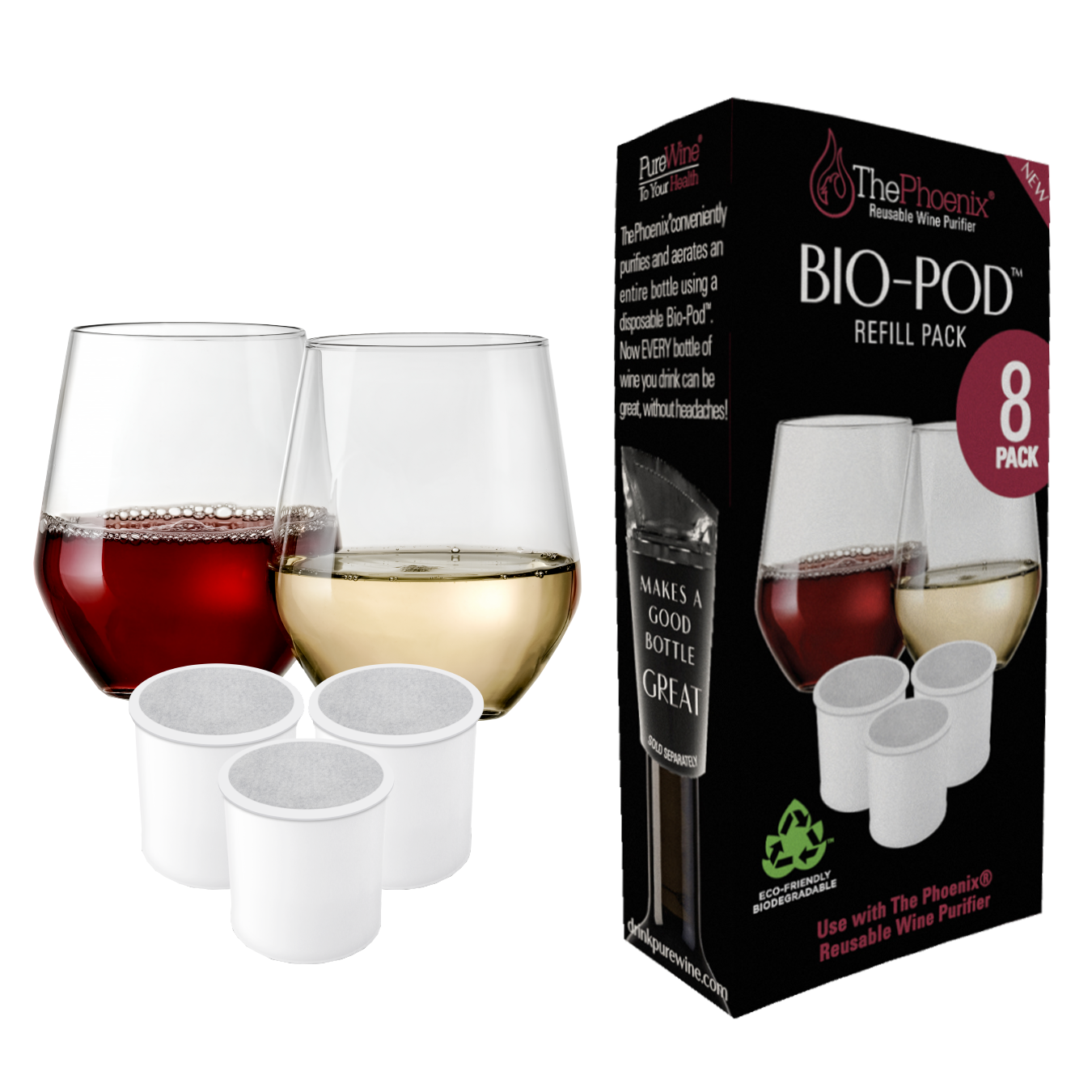
 (20 reviews)
(20 reviews)


